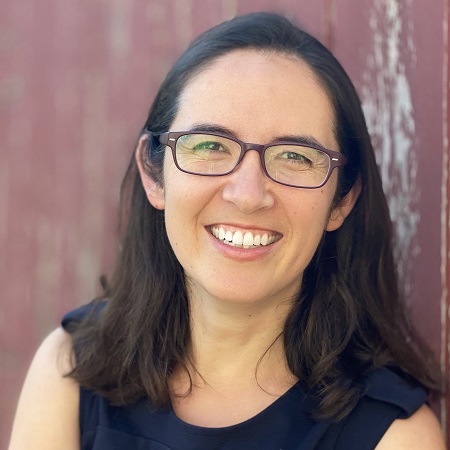Carol Wilkinson, M.D.
Assistant Professor of Pediatrics
Boston Children’s Hospital

Assistant Professor of Pediatrics
Boston Children’s Hospital
Key Words: EEG, Down syndrome, Language, Intellectual Disability, Biomarkers
Down syndrome (DS) is the most common cause of intellectual disability. In addition, most children with DS are delayed in their language development and have challenges in communicating throughout their life. While some children benefit from standard speech therapy, many children with DS make only limited progress. Parents of children with DS have identified language deficits as one of the greatest barriers to independence. Despite this, little is known about the brain mechanisms that cause delays in language acquisition in DS. Better understanding of mechanisms preventing language acquisition will help develop more effective therapies. This project uses electroencephalography (EEG) to measure brain activity in young preschool aged children with DS to identify brain-markers of language impairment. EEG is a low-cost, non-invasive method that we have successfully used in children with a range of neurodevelopmental disorders. We hypothesize that brain responses important for language processing are disrupted in DS, and will test how brain responses in children with DS are related to their language development.
To do this, we will collect EEG measures and language assessments in 30 preschool-aged children with DS and 30 age- and sex-match typically developing children. EEG measures will include measuring brain activity while children are listening to different sounds, and while they are “resting” and not listening to sounds. To accurately capture language ability, we will utilize standardized assessments, natural language samples, and parent surveys. Through institutional funding, enrollment has begun; funding from this grant will support a follow-up visit, one year later, creating valuable longitudinal data. With this data we will (1) Identify and characterize brain measures associated with language development, and (2) compare how brain measures change with age in DS versus our age-matched comparison group. We will then assess how developmental changes in brain activity within DS relate to language development.
EEG measures identified in this study will set the groundwork for developing greatly needed new therapeutic interventions for language delays. Once validated, identified brain-based markers can be used as an objective measure of clinical improvement during clinical trials, and can guide clinicians and parents in better understanding their child’s prognosis.